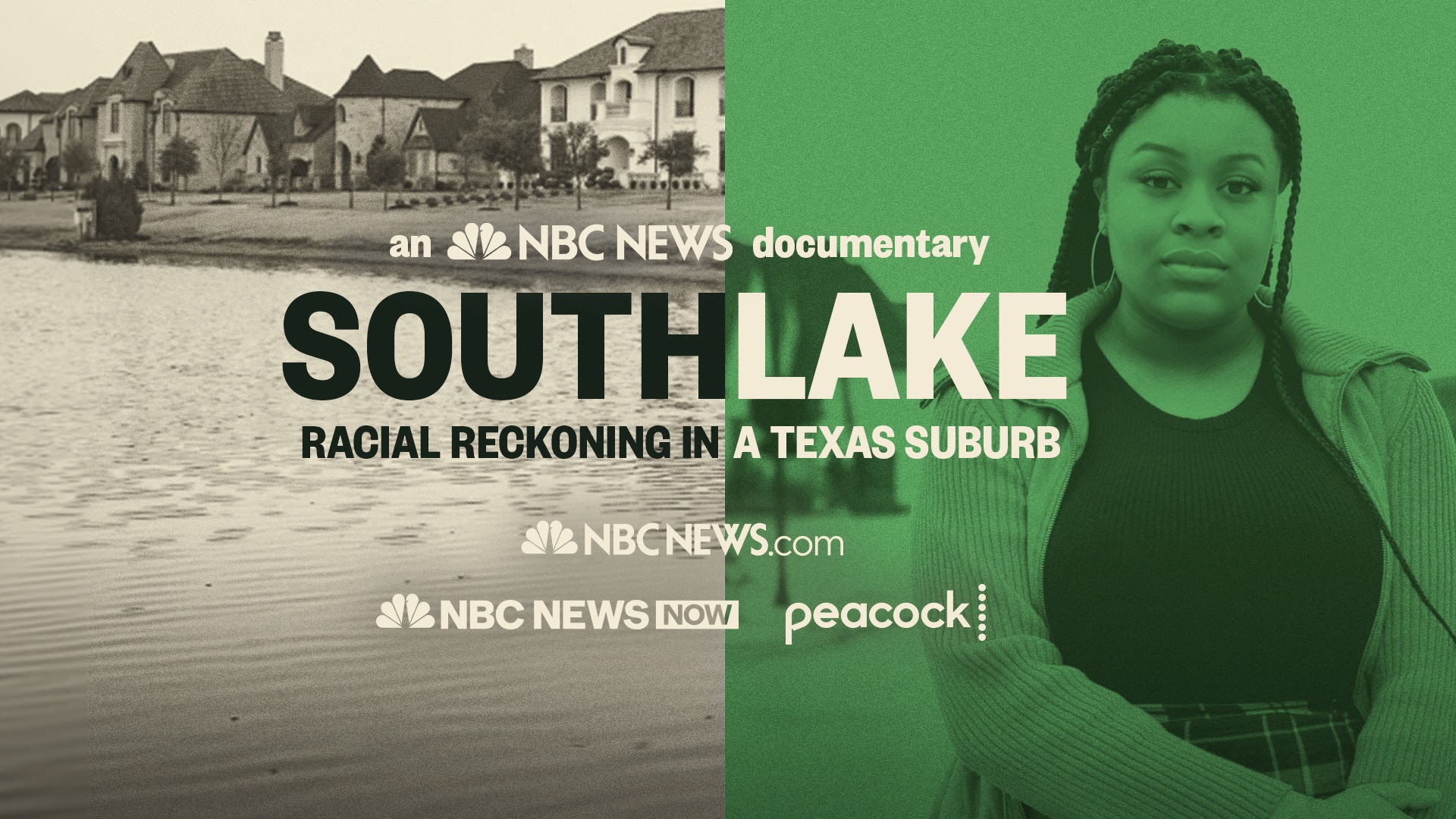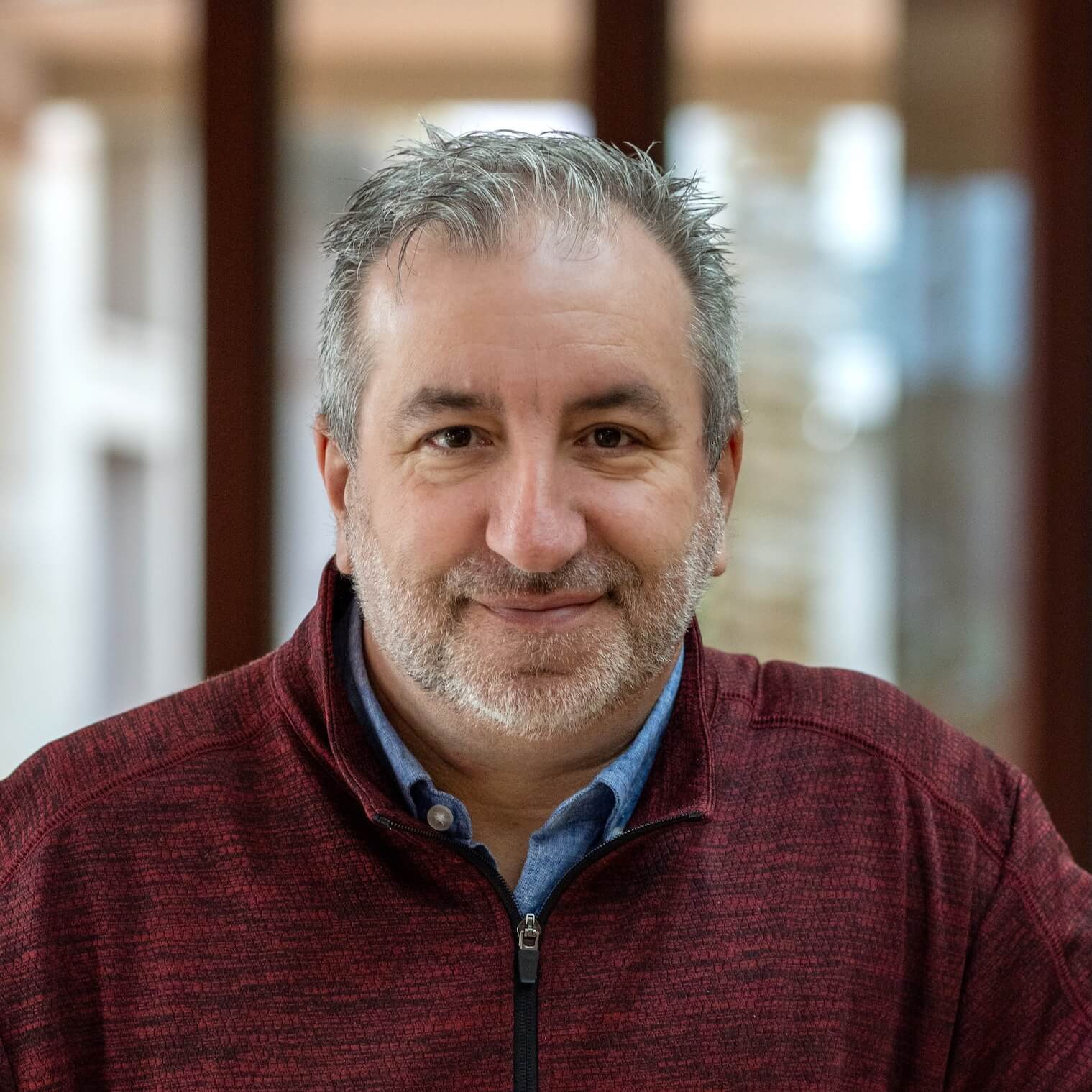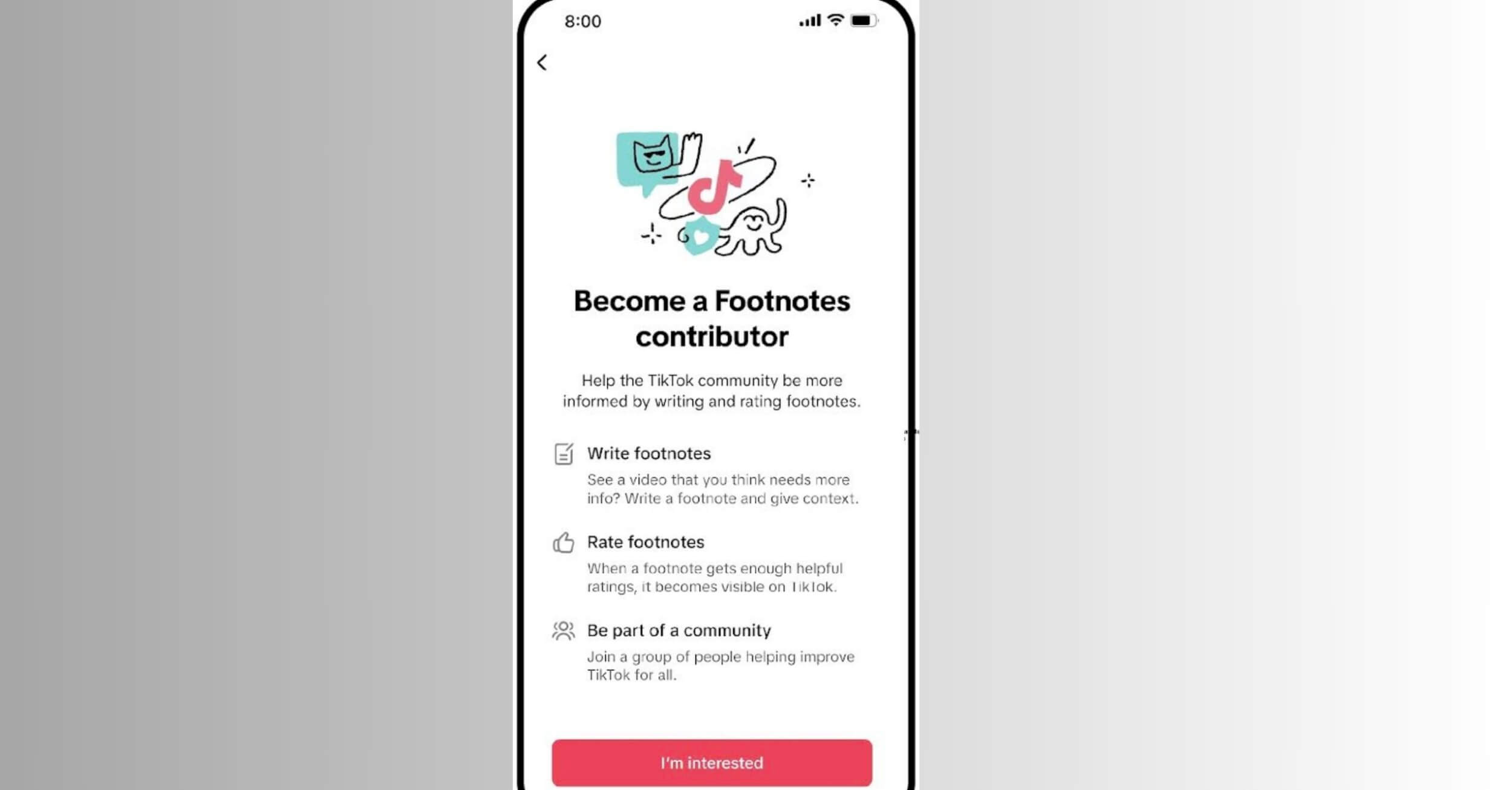Good morning. Just a quick update before today’s newsletter. The Poynter Report is going to take a brief vacation. This will be the last Poynter Report until my colleagues pick it back up for me on Sept. 13. I will return to resume writing the newsletter on Sept. 15. Thanks, as always, for reading. Now on to today’s report.
At one point Wednesday afternoon, I did what I often do as a media writer: I picked up my remote control and channel-surfed the cable news networks to see what they were covering. Normally, one major story dominates the coverage.
But Wednesday, the topics were as varied as the networks.
Click: Fox News was talking about Afghanistan (and criticizing President Joe Biden and Vice President Kamala Harris).
Click: MSNBC was talking about COVID-19 and vaccines, and the Jan. 6 insurrection, and the aftermath of Hurricane Ida.
Click: CNN was talking about the Texas law that just went into effect that prohibits most abortions after about six weeks of pregnancy, and the Supreme Court’s decision to not act on a request to block that law. There are no exceptions for rape or incest. It becomes the most restrictive anti-abortion law in the country and led many, including President Biden, to say that it violates the landmark Roe v. Wade decision by the Supreme Court in 1973.
Planned Parenthood president Alexis McGill Johnson told several media outlets that Texas has turned back the clock 50 years.
It also led to some emotional moments in the media coverage, including this from CNN’s Kate Bolduan. She opened “At This Hour” by saying, “Let’s just be real. The very same people in the very same state who say, ‘Don’t you dare tell me to wear a mask.’ The same people who say that is government overreach because it violates individual freedoms. Those very same people clearly are saying now, never mind when it comes to my body and the medical decisions that I make with the advice of my doctor. Now that choice is totally fair game apparently to be taken out of my hand and dictated now by a bunch of politicians. That is hypocrisy. This is hypocrisy, the definition of.”
So what happens with the Texas abortion law now and how does it impact the nation?
The New York Times’ Adam Liptak and Sabrina Tavernise write, “The justices may still rule on the request, which is an early step in what is expected to be an extended legal battle over the law. In the meantime, though, access to abortion in Texas has become extremely limited, the latest example of a Republican-led state imposing new constraints on ending pregnancies.”
The Times story — as well as this one by The Washington Post’s Caroline Kitchener, Emily Wax-Thibodeaux, Robert Barnes and Ann E. Marimow — are excellent examples of strong reporting that give audiences the details of what it all means. So does Axios’ Oriana González with “Texas banned abortion after 6 weeks. Here’s what happens next.” And, The 19th*’s Orion Rummler with “Texas’ new abortion law just took effect. Here’s what it does — and what you need to know.”
Here are some more notable pieces about what’s going on in Texas:
- New York Magazine’s Jay Michaelson with “Texas Just Got Away With Banning Abortion. Will Anyone Stop Them?” In the story, Michaelson writes, “So, that far-in-the-future, ‘Handmaid’s Tale’ day when the Republican Party bans almost all abortions? That day is today.”
- The 19th*’s Chabeli Carrazana with “67 abortions in 17 hours: Inside a Texas clinic’s race to beat new six-week abortion ban.”
- New York Times editorial board member Lauren Kelly with “Is This How Roe v. Wade Dies?”
- And, sort of on this topic, but more, too: The Washington Post’s Dana Milbank with “Texas shows us what post-democracy America would look like.”
The AP’s new boss

New Associated Press executive editor Julie Pace. (AP Photo/Jacquelyn Martin)
Here’s a big announcement: Julie Pace has been named senior vice president and executive editor of The Associated Press. Pace, who has been assistant managing editor and Washington bureau chief, replaces Sally Buzbee, who left the AP in May to become executive editor of The Washington Post.
Pace, 39, becomes the third consecutive woman to lead the AP news operation, which includes news content from journalists based in 250 locations in 100 countries. Kathleen Carroll was the first woman to lead the AP, from 2002 through 2016.
In a statement, Pace said, “I am honored to be leading AP’s team of talented and courageous journalists, who work tirelessly to break news and tell impactful stories from every corner of the world. We have great opportunities ahead to modernize our news report and better serve the needs of our customers and audience, while always maintaining AP’s standing as the world’s preeminent fact-based news organization.”
Pace joined the AP in 2007 as a video producer and was the AP’s first multimedia political journalist. Before the AP, Pace was a TV reporter and freelancer in South Africa and a general assignment reporter at the Tampa Tribune. She’s a native of Buffalo and earned a bachelor’s degree in journalism from Northwestern University’s Medill School. Pace clearly has an eye on where to take the AP next.
As Associated Press media reporter David Bauder wrote, “In some ways Pace is herself a symbol of the AP’s transition,” noting Pace’s background as a video producer and her comfort appearing on TV to offer her analysis and represent AP.
Pace told Bauder, “We are in a position where we have an opportunity to really modernize our news report. We have an opportunity to take all of the fantastic journalism that we do across formats and think of ways we can make it more digital-friendly, to make it more social-friendly.”
In an interview with The New York Times’ Katie Robertson, Pace said, “I understand that sometimes there is an outdated impression of The A.P. or a feeling like we’re just a basic wire service putting out choppy sentences. If that is your impression of The A.P., then you haven’t been paying attention to The A.P. We produce just incredibly high-level, sophisticated reports across all formats every day.”
Pace also told Robertson this welcomed message: “Being a fact-based news organization does not mean that everybody on every side of an issue gets equal hearing, gets equal voice. In certain cases, the facts are just really clear, and we want to make sure that we are amplifying the facts and not muddying the facts. So Covid vaccines are safe. Climate change is real. There was no widespread fraud in the U.S. election. Those are not political positions; those are fact-based positions.”
USA Today and Gannett reveal latest diversity report
“Women now make up the majority of the newsroom at USA TODAY.”
That’s the first sentence in a new piece by USA Today editor-in-chief Nicole Carroll.
In USA Today’s latest survey on staff diversity, released Wednesday, 51.7% of all journalists at the organization were women. The survey also found that journalists of color made up 34% of the newsroom, including Black (13.6%), Hispanic (10.1%) and Asian American (7%) journalists.
Carroll notes that in 1991, which is as far back as USA Today’s numbers go, women were 27.6% of the paper’s newsroom. In 2001, that number was 29%.
Holly Moore, USA Today Network planning director, told Carroll, “It matters because the news industry records history and for a very long time that history has been written from a male gaze. People in newsrooms are making decisions about what’s covered, who’s interviewed and the language we use to tell stories. Having more women in those conversations is key to presenting the most accurate version of history.”
Check out Carroll’s story for details on female journalists at USA Today.
This was all part of Gannett’s companywide effort regarding diversity transparency with most Gannett outlets publishing its results.
Maribel Perez Wadsworth, president of news at Gannett Media and publisher of USA Today, wrote a column with links to the individual newsroom reports. Perez Wadsworth reminded readers that Gannett pledged to build a workforce that mirrors the demographics of the country and the communities they serve by the end of 2025.
She added, “I am pleased to note that we have made solid progress toward our goal, with increased representation of journalists who are female, Black, Indigenous and People of Color (BIPOC) across our local-to-national network of newsrooms. Though our work is far from over, we continue our commitment to achieving racial and ethnic parity over the course of the next four years.”
Ed Yong’s latest
If you’re a regular reader of this newsletter, you know my tremendous respect for The Atlantic’s Ed Yong, who won a Pulitzer Prize earlier this year for his coverage of COVID-19. He has been, in my opinion, the most important journalist in the world over the past two years when it comes to the pandemic.
He is now out with another lengthy and important piece: “LONG-HAULERS ARE FIGHTING FOR THEIR FUTURE.” He also has a Twitter thread introducing the piece.
In The Atlantic story, Yong writes, “After a year and a half, the risk of long COVID, for both unvaccinated and vaccinated people, is one of the pandemic’s biggest and least-addressed unknowns. The condition affects many young, healthy, and athletic people, and even now ‘none of us can predict who’s going to have persistent symptoms,’ Lekshmi Santhosh, the medical director of a long-COVID clinic at UC San Francisco, told me. A small number of fully vaccinated people have become long-haulers after breakthrough infections, although no one knows how common such cases are, because they aren’t being tracked. Mysteries abound; meanwhile, millions of long-haulers are sick.”
With significant reporting and always-measured analysis, Yong delivers another must-read COVID-19 piece.
A powerful remembrance

(Courtesy: The Washington Post)
The above image is the cover of The Washington Post Magazine as we approach the 20th anniversary of the terrorist attacks on 9/11. The special issue — and online package — features 23 writers and five artists to reflect on less-obvious changes caused by 9/11 in America and the world. The changes can be seen through TV, art, sports, education, millennials, bigotry, country music, fiction, policing, love and more.
Star baseball analysts banned from studio over vaccines
John Smoltz and Al Leiter — two high-profile and quite good baseball analysts — will no longer appear in studio for the MLB Network after refusing to get vaccinated for COVID-19. The story was broken by New York Post sports media columnist Andrew Marchand.
Starting Wednesday, the MLB Network made it mandatory for all employees to be vaccinated to work in their Secaucus, New Jersey, studios. According to Marchand, Smoltz and Leiter will still appear on the air, but will do so remotely.
Smoltz also is a game analyst, and Marchand reports Smoltz is still expected to work early playoff games for the MLB Network. Smoltz also is Fox Sports’ top game analyst and is scheduled to call the American League Championship and World Series on Fox.
A last take on First Take
Max Kellerman wrapped up his final day on ESPN’s debate show “First Take” on Wednesday. As the show came to an end, Kellerman said, “All things come to an end, and this is the end to my run on ‘First Take.’”
Kellerman joined the show five years ago, replacing Skip Bayless, who bolted for Fox Sports 1. Kellerman is moving on to ESPN Radio’s signature morning show along with Keyshawn Johnson and Jay Williams. (That show is also simulcast on TV.) He also is expected to have another TV show on ESPN.
The New York Post’s Andrew Marchand previously reported that “First Take’s” biggest star, Stephen A. Smith, wanted Kellerman off the show. Marchand wrote that it wasn’t anything personal. Smith, perhaps the most powerful on-air personality at ESPN, just wanted a show where he debated various guests and celebrities.
Making Kellerman’s final shows a bit more awkward is that Smith was not on them. He phoned in for Kellerman’s last show and explained why.
“This big nose of mine, if you could believe it, I actually look uglier than I normally look,” said Smith, who then said he had surgery for sleep apnea. He thanked Kellerman for their time together on “First Take.”
“I’m really sorry I couldn’t be there to tell you face-to-face to thank you for everything you did for the show,” Smith said. “You’re going to be doing big things like you’re always doing big things.”
Kellerman said, “Stephen A. had a lot of say in who was going to be his partner after Skip left the show. And I was honored to have been chosen, and wouldn’t trade the last five years for anything.”
Media tidbits

(Courtesy: NBC News)
- The NBC News Digital team is releasing a new documentary on Friday called “Southlake: Racial Reckoning in a Texas Suburb.” NBC News describes it as “the story of a Southlake father running for a school board seat on a shoe-string budget, a 56-year old Black mom of three fighting to keep her kids and others safe in school and a Black senior reconciling her years at the school while using her voice as the school board decides the fate of its racial diversity plan.” The documentary will be released on Friday at 7 p.m. on NBCNews.com and MSNBC.com and will have multiple airings on NBC News NOW starting Monday. It will also be available on Telemundo.com on Sept. 13 and will be available on-demand on Peacock, NBC’s streaming network, beginning Sept. 7. Here’s the trailer.
- The Washington Post’s Paul Farhi with “Four conservative radio talk-show hosts bashed coronavirus vaccines. Then they got sick.”
- For NBC News, David K. Li and Donna Nelson with “Arrest warrant issued for Ohio man accused of confronting NBC’s Shaquille Brewster on live TV.”
- The Guardian’s Lois Beckett with “‘Open season on media’: journalists increasingly targeted at Los Angeles protests.”
- The Washington Post’s Karla Adam with “Piers Morgan cleared by U.K. media watchdog over his critical Meghan comments.”
- Popular podcaster Joe Rogan announced he has COVID-19. He also said he has taken ivermectin, an anti-parasitic drug mostly used for livestock. Variety’s William Earl has more.
Hot type
- For The New York Times Magazine, Janet Reitman with “‘I Helped Destroy People’: Terry Albury, an idealistic F.B.I. agent, grew so disillusioned by the war on terror that he was willing to leak classified documents — and go to prison for doing it.”
- Also in The New York Times, Thomas Fuller with sensational photographs by Max Whittaker: “One Night on the Fire Lines at Lake Tahoe.”
- A hat tip to Muck Rack for flagging this story. For Indianapolis Monthly, Michael Rubino, Julia Spalding and Derek Robertson with “Half Baked: How A Would-Be Cannabis Empire Went Up In Smoke.”
Have feedback or a tip? Email Poynter senior media writer Tom Jones at tjones@poynter.org.
More resources for journalists
- Subscribe to The Collective — Poynter’s monthly newsletter for journalists of color by journalists of color
- Covering Jails and Police Reform (Webinar series) — Sept. 22-Oct. 20, 2021
- The 2022 Media Transformation Challenge (MTC) Program — Formerly operated as the Punch Sulzberger Program at Columbia, this yearlong, executive-level program is now housed at Poynter. Apply by Dec. 3, 2021.
The Poynter Report is our daily media newsletter. To have it delivered to your inbox Monday-Friday, sign up here.







